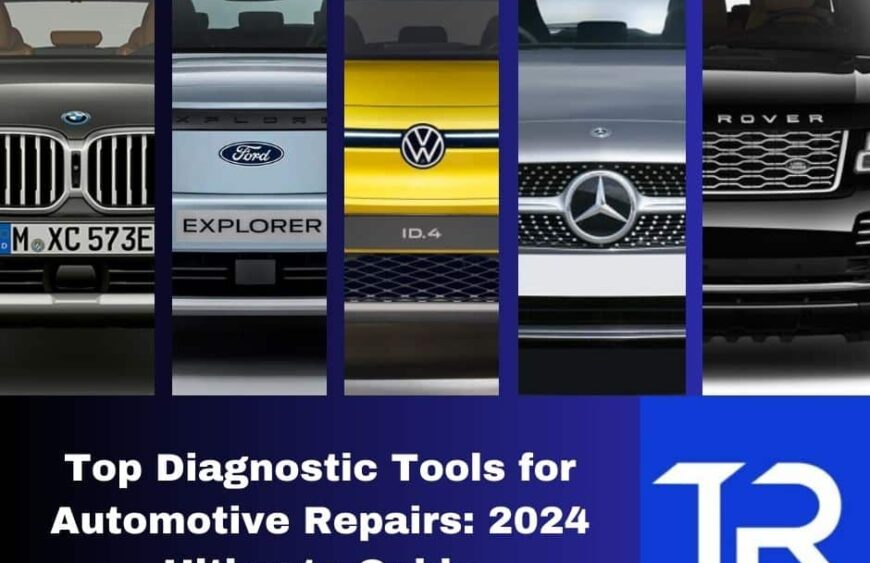Casino365 Online Casino 2026 – Safe & Trusted Gaming
Casino365 online casino. Explore top games, features, and security tips. Start playing responsibly today on this trusted gambling platform.
Platform Overview
Finding a trustworthy online casino can be a challenge, especially for beginners and intermediate players. Key considerations often include platform security, ease of use, and game variety. Players want clear guidance before creating an account or depositing funds.
Casino365 has earned attention as a beginner-friendly online casino that prioritizes practical design and user experience. Rather than relying on flashy promotions, it focuses on clarity, accessible game options, and standard security measures. This article provides an honest and informative overview of casino365, covering its games, features, and safety protocols to help players make informed decisions.

What is casino365?
casino365 is an online casino platform providing a variety of games through a single account. Its browser-based interface allows players to enjoy slots, live dealer tables, and classic table games without complicated installations.
As a casino365 casino, it caters to beginners seeking an intuitive environment, as well as intermediate players who appreciate a simple and clear interface.
The casino365 online casino is suitable for those looking for a reliable platform with structured navigation, familiar games, and practical usability.
Why Do Players Choose casino365?
Players often prioritize ease of use, reliability, and overall gaming experience. Key benefits of casino365 include:
- Intuitive interface for smooth and easy navigation
- Wide selection of games available in a single account
- Mobile-friendly design for playing anywhere
- Organized menu structure for quick access to games
- Industry-standard security measures for safer play
The casino365 gambling platform is designed for players who value practicality, clarity, and a seamless online gaming experience.
Games and Features Available on casino365
A varied game selection is crucial for engaging players. casino365 offers several popular categories:
Slot Games
Slots are a major focus, including classic, video, and themed options. These games suit casual players who enjoy visually engaging and straightforward gameplay.
Live Casino
Live dealer games allow interaction with professional dealers through video streaming, providing an immersive experience similar to physical casinos.
Table Games and Other Options
Traditional table games like blackjack, roulette, and baccarat are typically available. Depending on your location, additional betting options may also be offered, giving variety while maintaining a user-friendly platform.
Is casino365 Legit and Safe?
Many players ask: Is casino365 legit?
The platform uses standard security measures, including encrypted connections, to protect user data and account activity. These protocols are widely adopted across the online casino industry, ensuring a safer environment for players.
No online platform is completely risk-free. Game availability, payment options, and access may differ by region. Players should review terms and conditions carefully and always practice responsible gaming.
How to Get Started with casino365
Getting started with casino365 is simple and beginner-friendly:
- Visit the official casino365 website
- Register an account using basic personal details
- Complete any required verification procedures
- Log in and browse the available games
Players can explore different game categories and select games that match their preferences. Beginners may benefit from starting with familiar games to understand platform mechanics before trying more advanced options.
Conclusion
casino365 provides a structured and user-friendly online casino experience for beginners and intermediate players. With popular games, clear navigation, and standard security measures, it offers a reliable platform for casual online gambling.
Although it may lack highly advanced features, it delivers a balanced environment for players who value simplicity and clarity. Responsible gaming is essential, and exploring casino365 carefully will help determine if it fits your preferences and style.






